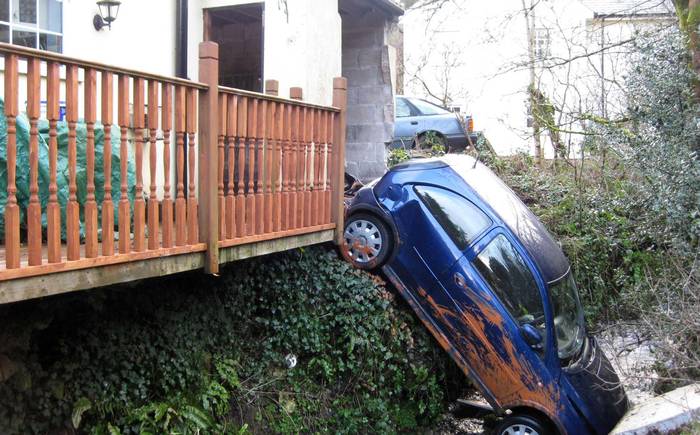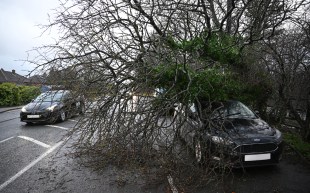How can I get the best insurance deal?
Get the most from your policy

Motor insurance is a complex business but follow our guide and not only will you buy right, you’ll save money, too.
Insurance categories
The motor insurance industry classifies cars in 50 categories, group 50 (exotic supercars and specialist machinery) being the most expensive to insure. A car’s group is determined by factors including the cost of repairing it after an accident, its value, its performance and the statistical likelihood of its owners making a claim. To check a car’s insurance group, visit the Motor Insurance Repair Research Centre at the Thatcham website.
Next, the insurer weighs up the driver’s personal risk profile: age, address, driving experience, occupation and previous convictions or accidents, as well as where the car is kept overnight. Checks will be made in the event of a claim and your policy could be declared invalid if you have been economical with the truth.
Young drivers
Young drivers in particular are deemed high risk, as are the elderly, so they should shop around to find an insurer specialising in their age group. Taking the Pass Plus training course can trigger discounts for new drivers. Telematics policies, so-called “black box” insurance, that use a databox little bigger than a mobile phone to record the driver’s motoring style and habits, even imposing a driving curfew between agreed hours, are a new development to consider. Pay-as-you-go policies, in which are you insured to drive a certain number of miles, are also becoming available.
Youngsters should build up a no-claims bonus in their own name, rather than being added to a parent’s policy – this will save money in the long term, assuming they don’t have an accident. Also, look for a learner-driver insurance policy they can uprate at reasonable cost once they have passed their test.
Building a no-claims bonus
Usefully, some insurers have started allowing named drivers to build up their own no-claims but it might not be honoured by another provider. Don’t be tempted by “fronting” – insuring a car in a parent’s name when it’s mainly used by the young, named driver is illegal. If you, the principal driver, are a high risk do consider adding a lower risk name to your policy; you may find the two of you combined brings down your premium.
Get the right cover
Make sure your policy will cover all your needs in the event of an accident: a third-party-only policy (the legal minimum) may suffice for an old banger but adding legal cover is wise. Comprehensive cover is just that, although you’ll find premiums escalate the more extras, such as a courtesy car should your vehicle need repairing, audio equipment cover or breakdown cover, you add. Of them all, a courtesy car is probably the most useful. Third-party cover isn’t necessarily cheaper than comprehensive, so do get quotes for both and compare features.
Excesses
The excess, the amount of money you must contribute to a claim, is the other figure you should have an eye on. In fact, with a comprehensive policy there are two – voluntary and compulsory. See what impact choosing a higher or lower voluntary excess has on your premium. You might be prepared to accept a slightly higher premium in return for a proportionately bigger cut in your voluntary excess.
Windscreen cover is routine these days and should carry no excess but be sure your insurer allows you to claim for a repair without affecting your no-claims bonus. And do get your windscreen repaired promptly because if it does crack, you may have to pay an excess to have it replaced.
Shop around
Always shop around when your policy comes up for renewal – the most competitive provider one year may ratchet up its premiums the next. Discounts are offered to entice new customers, and you will probably pay more if you stay put. Saying that, it’s always worth speaking to the insurer’s renewals department. Threaten to leave them and see if they’ll sweeten their quote.




